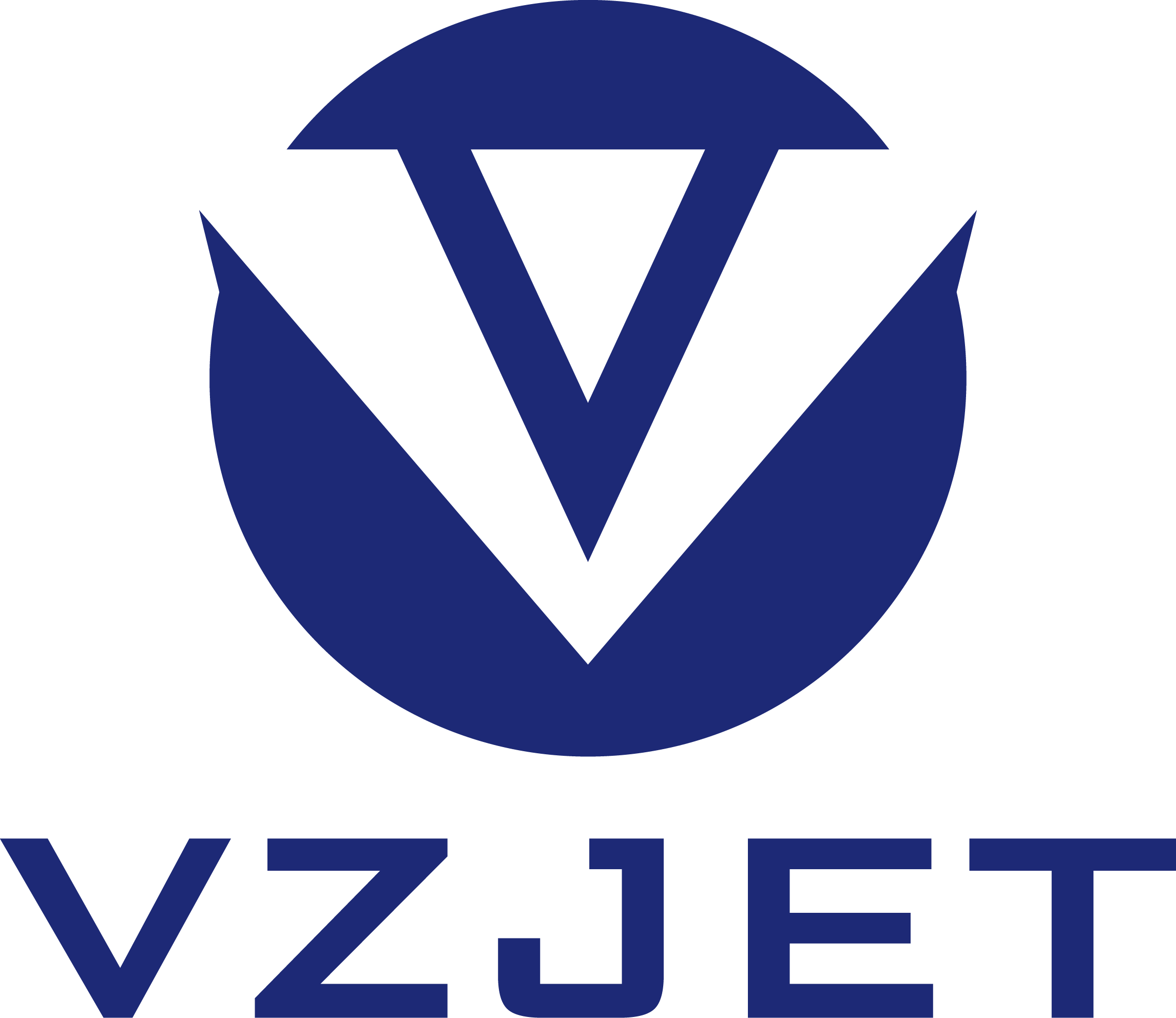Information
Unlocking the Potential of Industrial Printers for Can Marking in Consumer Electronics
14 Oct,2025
In the consumer electronics industry, where branding and product identification are crucial, industrial printers for can marking have emerged as vital tools. These printers help businesses not only comply with regulatory requirements but also enhance their market presence through effective labeling. Here, we explore the technology behind industrial printers, their advantages, and tips for selection and implementation.
Industrial printers designed for can marking utilize various printing technologies, including inkjet, laser, and thermal transfer. Inkjet printers are particularly popular due to their versatility and ability to print high-resolution graphics and text directly onto the can surface. They can handle a variety of inks, including solvent-based and UV-curable inks, which ensures durability and resistance to environmental factors. Laser printers, on the other hand, offer precision and permanence, making them suitable for high-speed production lines where efficiency is key.
One of the primary advantages of using industrial printers for can marking is their speed and accuracy. In high-volume manufacturing environments, maintaining production efficiency is paramount. These printers can operate at fast speeds while ensuring precise placement of information such as barcodes, expiration dates, and branding elements. This capability not only improves throughput but also minimizes errors that could lead to costly recalls or consumer dissatisfaction.
Another consideration when selecting an industrial printer for can marking is the software integration. Modern printers often come with advanced software that allows for easy design and management of print jobs. This software can also facilitate compliance with various labeling regulations, helping companies avoid potential legal issues.
Furthermore, the choice of ink and printing method can significantly influence the final result. For example, when printing on aluminum cans, it is crucial to select inks that adhere well and resist abrasion and corrosion. This ensures that labels remain intact throughout the product's lifecycle and maintain their aesthetic appeal.
When implementing industrial printers for can marking, businesses should also consider factors such as maintenance, training, and scalability. Regular maintenance is essential to ensure the longevity and reliability of the printing equipment. Additionally, training staff on the operation and troubleshooting of the printers can prevent downtime and enhance productivity.
In conclusion, industrial printers for can marking play a pivotal role in the consumer electronics sector, providing businesses with the tools necessary for effective branding and compliance. By understanding the various printing technologies, advantages, and best practices, companies can optimize their packaging processes and improve overall operational efficiency. Investing in the right industrial printing solutions ultimately empowers brands to stand out in a competitive market while meeting consumer expectations and regulatory demands.
Industrial printers designed for can marking utilize various printing technologies, including inkjet, laser, and thermal transfer. Inkjet printers are particularly popular due to their versatility and ability to print high-resolution graphics and text directly onto the can surface. They can handle a variety of inks, including solvent-based and UV-curable inks, which ensures durability and resistance to environmental factors. Laser printers, on the other hand, offer precision and permanence, making them suitable for high-speed production lines where efficiency is key.
One of the primary advantages of using industrial printers for can marking is their speed and accuracy. In high-volume manufacturing environments, maintaining production efficiency is paramount. These printers can operate at fast speeds while ensuring precise placement of information such as barcodes, expiration dates, and branding elements. This capability not only improves throughput but also minimizes errors that could lead to costly recalls or consumer dissatisfaction.
Another consideration when selecting an industrial printer for can marking is the software integration. Modern printers often come with advanced software that allows for easy design and management of print jobs. This software can also facilitate compliance with various labeling regulations, helping companies avoid potential legal issues.
Furthermore, the choice of ink and printing method can significantly influence the final result. For example, when printing on aluminum cans, it is crucial to select inks that adhere well and resist abrasion and corrosion. This ensures that labels remain intact throughout the product's lifecycle and maintain their aesthetic appeal.
When implementing industrial printers for can marking, businesses should also consider factors such as maintenance, training, and scalability. Regular maintenance is essential to ensure the longevity and reliability of the printing equipment. Additionally, training staff on the operation and troubleshooting of the printers can prevent downtime and enhance productivity.
In conclusion, industrial printers for can marking play a pivotal role in the consumer electronics sector, providing businesses with the tools necessary for effective branding and compliance. By understanding the various printing technologies, advantages, and best practices, companies can optimize their packaging processes and improve overall operational efficiency. Investing in the right industrial printing solutions ultimately empowers brands to stand out in a competitive market while meeting consumer expectations and regulatory demands.
14 Oct,2025
Classification:
Information
Latest Contents







